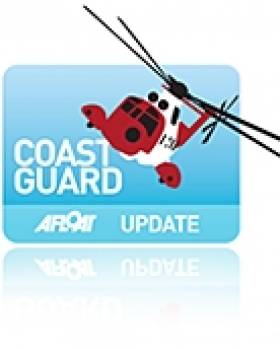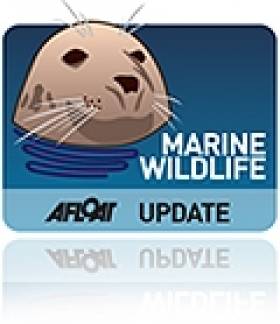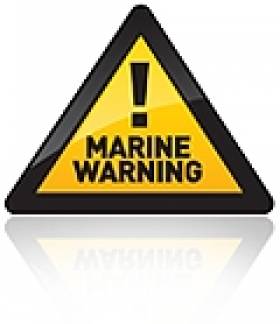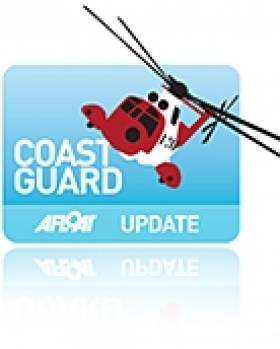Displaying items by tag: Air Corps
Search and Rescue Services Firm Reports Loss
The Canadian company that provides search and rescue helicopter services for the Coast Guard has reported a €1.5 million operating loss in the 2009-2010 fiscal year, according to the Irish Independent.
CHC Ireland, the local division of the world's largest helicopter services company, operates search and rescue services out of Dublin, Shannon, Waterford and Sligo.
Directors of the firm, which employs more than 100 nationwide, noted that the loss - coming after a €3.2 million loss in the previous financial year - was reduced due to the closure of its Cork base and lower aircraft leasing costs.
Last year the Government awarded CHC a new 10-year contract worth €500 million to operate search and rescue services, despite proposals from the Air Corps that it could provide the same service at a much lower rate.
The Irish Independent reported recently that one of the world's top helicopter makers has denied claims made by the Coast Guard that the Air Corps does not have the equipment to undertake search and rescue operations.
AgustaWestland, which supplies the main helicopter used by the Air Corps, disputed allegations by Coast Guard director Chris Reynolds that the AW139 had not earned a "good reputation" elsewhere.
Aerial Survey of Whales Begins
The first ever Air Corps marine animal survey of whale and dolphin activity in Irish waters is set to begin today, the Irish Times reports.
A survey team accompanied by members of the Irish Whale and Dolphin Group (IWDG) were scheduled to take off from Casement Aerodrome this morning headed for the southeast coast, where humpback whales have recently been sighted near Curracloe and Hook Head.
According to the IWDG, 19 whale and dolphin species have been recorded in Irish waters since 1948, the most common sightings being harbour porpoises.
The Irish Times has more on the story HERE.
Coast Guard Winchman Retires after 30 Years' Service
Noel Donnelly (55), who is retiring after more than 30 years' service, worked as winchman and paramedic. He completed his last shift at the Sligo Coast Guard search and rescue base last week and retires officially this month.
Originally from Tyrone, Mr Donnelly began his career with the Air Corps, flying in Alouette and Puma helicopters. He left in 1984 to take a job as a diver with a civil engineering firm in Aberdeen, Scotland, and subsequently worked as an ambulance driver in Co Kildare. For more about this article please click here
Warning To The Public - Air Corps Firing Exercises
Air Corps firing exercises and Air Defence artillery firing exercises on Tuesday 27th July 2010 From 0900hrs to 1800hrs At Gormanstown, Co. Meath it is dangerous for persons, shipping, livestock or aircraft etc. to be within the danger area while firing is in progress.
The danger area comprises the lands of Gormanstown Aerodrome and the air and sea area contained within a circle having a radius of 3NM (5.4KM) centred on Gormanstown Aerodrome with an additional area contained within the segment centred on Gormanstown Aerodrome and bearing 015°T, through Mosney Railway Station and 106°T, through Gormanstown Railway Station seaward for the distance of 10NM (18.5KM) The danger area extends from sea level to a height of 12,000ft.
red flags will be flown at Ben Head and Gormanstown Railway Station when exercises are taking place.
objects found on the ranges may be highly dangerous and the public are warned of the risk of handling or interfering with such objects.
No reward of any kind will be made for the finding of objects of a military nature on the ranges.
MICHAEL HOWARD
SECRETARY GENERAL
DEPARTMENT OF DEFENCE
DUBLIN 7


























